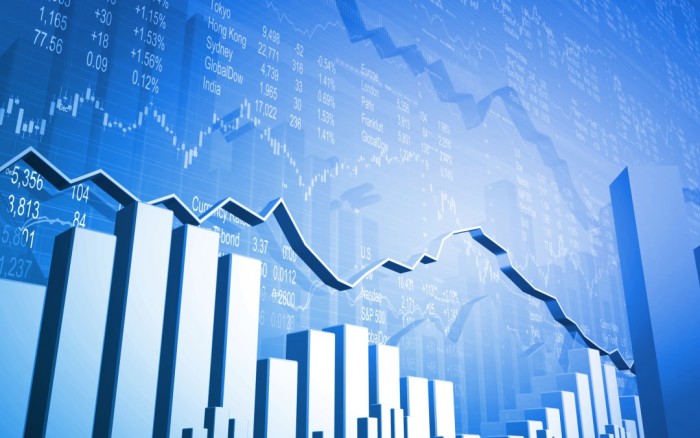Prosperity Advisers’ Quarterly Economic Update
The fourth quarter of 2011 was rather lackluster, with Australia declining in confidence and market strength on the equity, commodity and property fronts
into year-end. It caps off a year of economic volatility, primarily driven by the negative outlook in European equity and fixed income markets and
concern for the macroeconomic outlook in this region where the MSCI Europe fell 1.34% for December.
On the positive side, the recent interest rate cuts in Australia are showing signs of delivering well needed stimulus to Australian households. We
are keenly watching for flow through to consumer spending and confidence this quarter.
Persistent positive macroeconomic data from the US continues to be reaffirming the recovery in the US stock market. Notably improved statistics included: increased construction spending, lower unemployment figures, and improved manufacturing data.
Encouragingly, in December the UK FTSE went against the Eurozone downwards trend, to rise 1.20% for the month.
And, in the Asian Region, Chinese markets gained 2.69% in December, leading the MSCI Asia index that was up 0.90%. The Leading macroeconomic indicators such as HSBC manufacturing Purchasing Managers Index (PMI) peaked at 50.3 in December, telling investors that there is a potential for future growth in Chinese equity markets.
On the bond market front, recent rate cuts flowed through to yields, pushing them down. This flow-on effect led the Australian Bond market to provide a total return of 0.78% for December, as measured by the UBSA Australia Composite All Maturities Index. Australian Bonds delivered 11.37% for the calendar year, clearly outperforming equities.
On the negative, it was a tough quarter for commodity markets, which rolled through to the materials sector of Australian Equity markets that fell 4.13%. The decline is chiefly attributable to the fall in the value of gold as investors sought out higher returns now available in debt and equity markets. Energy markets were also poor performers, losing 5.11%.
Significant Economic Milestones this Quarter
- On December 6, the Reserve Bank of Australia (RBA) elected to lower the Overnight Cash Rate by 25 basis points for the second consecutive month.
- Australian Equity Markets underperformed worldwide benchmarks in December, with the All Ordinaries declining 1.76% and the S&P ASX 200 retreating 1.53%.
- Australian Property fell 4.13% in December to end a disappointing year in which the ASX A REITS index fell 7.49%.
- Australian Cash returned 0.40% in November and 5.00% over the past twelve months.
- Australian Bonds added 0.78%, as measured by the UBSA Australia Composite All Maturities Index, to gain 11.37% over the past 12 months.
- Most major International Equities markets recorded positive returns. The Hang Seng (Hong Kong) and the STOXX 50 (Europe) were the strongest performers with the prices rising 2.47% and 1.86% respectively.
- Volatility settled during December, falling 4.40% as measured by the VIX Index.
- West Texas Crude dropped back below US$100 a barrel to US$98.83, a fall of 1.52%.
- Gold was the worst performing commodity with the price falling by 10.46% during December. Despite this late collapse it still finished 10.06% higher over the calendar year.
Looking Ahead
Looking ahead, we see the following key economic themes for 2012:
- We are watching for European, US and Japanese central banks to adopt quantitative easing policies with more rate cuts likely in Australia and emerging economies;
- The contribution by emerging economies’ to global growth to increase;
- Global growth is likely to be around 3% this year – slightly higher in emerging economies, lower in developed economies and about average for Australia; and
- We expect volatility to continue in the first few months of the year with improved market conditions and returns possible thereafter.
The key risks include any failure or delay in European policy action, US failure to extend payroll tax cuts, and the possibility of an oil price surge on the back of tension in and around Iran.


